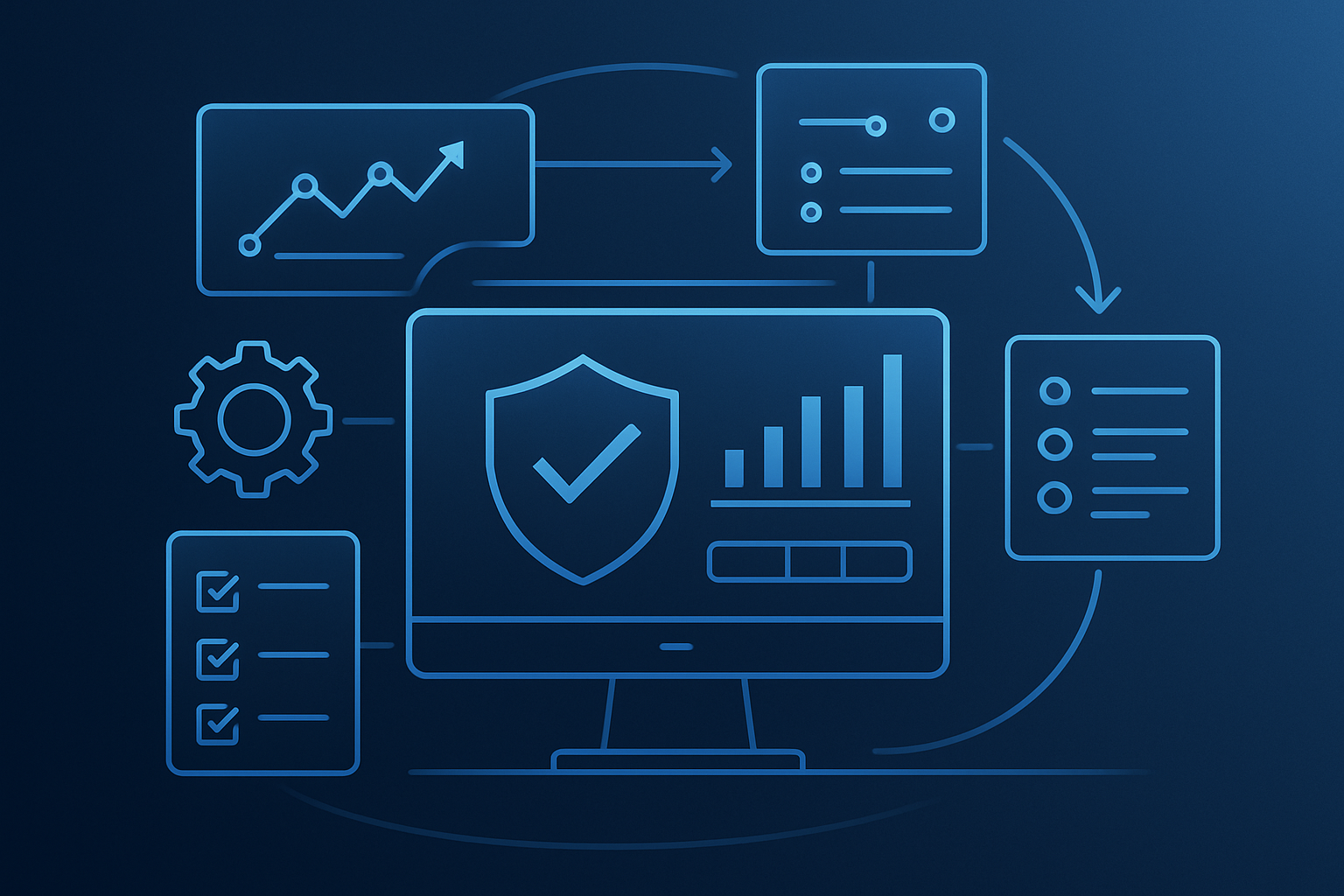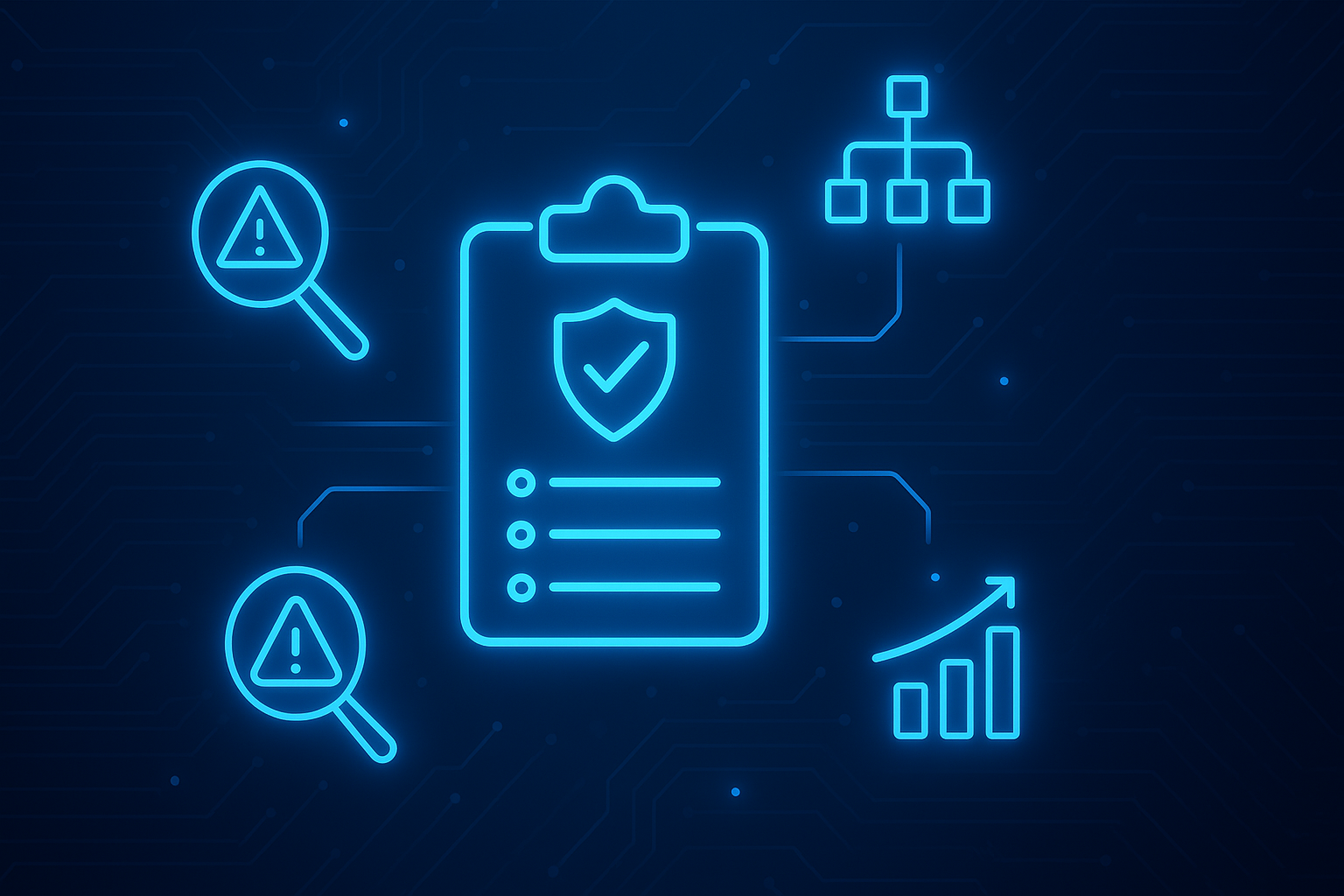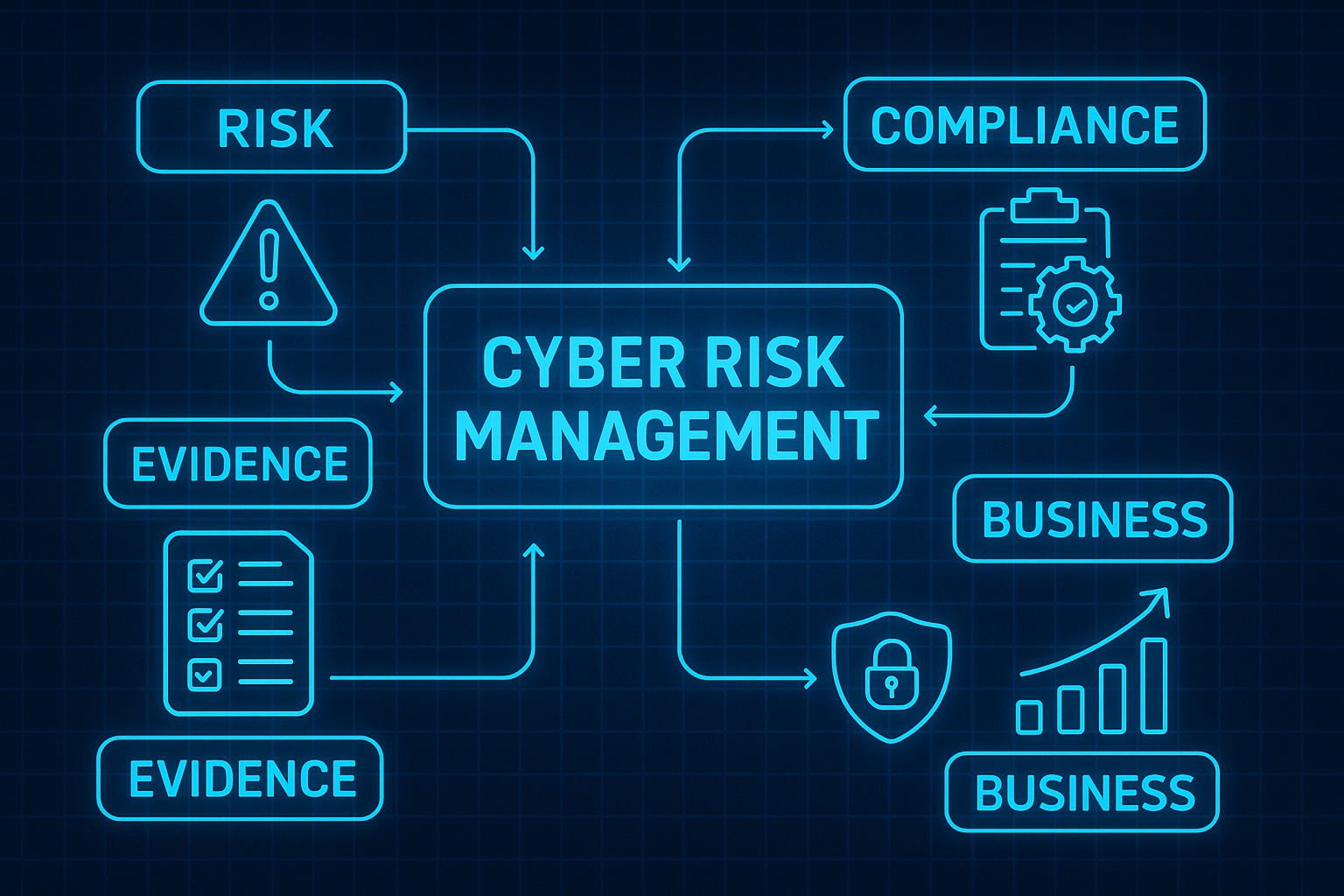Businesses embrace transformative technologies to enhance processes that need to survive and thrive in the long term. Collaboration between firms, better customer engagement, simplified operations, and valuable insights are benefits of implementing new technologies to help businesses prosper.
According to a study by IDC, services, and technologies that enable digital transformation will be worth $2.3 trillion by 2023, powered by steady growth in the number of businesses that opt-in. Furthermore, the digital transformation market is projected to grow at a CAGR of 22.7% (2019) to $3,294 billion in 2025.
This steady development reflects the importance of investing in and implementing new, viable technologies. Businesses that ignore digital transformation or are slow to adapt might be left behind by their competitors.
The most significant reason for this explosive growth is that digital technologies increase business growth speed more than conventional processes. The agility and resilience you can get from modernizing your systems and software can improve your business's future.
However, it is essential to understand that there is 'no right path' for successful digital transformation. This is because every organization has its unique goals, culture, needs, and leaders; obviously, what worked for one business won't necessarily have the same results for others.
In a 2020 study by Ponemon, 71% of respondents said they were exposed to increased risks, data breaches, and cybersecurity exploits in a rush to implement digital transformation. So make sure that you prepare beforehand for any such issues, and prevent the free flow of information into the hands of hackers and other unscrupulous individuals. Encrypt all your data, have proper authorization processes in place, and monitor all the aspects of your digital transformation security strategy. The process of digital transformation may leave your organization vulnerable to new threats during and after the initiative.
So instead, implement these eight general principles to turn your effort to transform into real and lasting change with effective cyber risk management:
Analyze Your Organizational Culture
Your organization’s overall culture, the background of employees, products/services or offerings, business models, and location can all dictate the effectiveness of digital transformation for your company.
A thorough understanding of your company culture and pain points determines how well you can implement new technology, how employees will adapt to change, and its overall impact on company processes.
Some technologies, like chatbots, artificial intelligence, and network security, influence certain cultures and industries differently.
Set Organizational Goals
While it's enticing to leverage novel technologies, they may not suit your needs at this exact time.
For example, some businesses are better off updating their security specifications before anything else, while others believe new customer service technologies are a better choice.
Set goals that protect and enhance your current business processes. Also, separate your organizational and technology goals, which may be poles apart.
Document The Risks
You are about to change all your systems and processes to make them better. But this may expose you to unprecedented risks and obstacles derailing you from your business objective.
From internal data and departmental silos to faulty digital transformation premises, a lot can go wrong during the exercise. You can make it all worthwhile by documenting these issues as and when they arise. It is essential to leverage transparent risk methodologies to document these risks, including NIST 800-30 or FAIR, to understand where the risks to the organization lie and how new technologies will impact its risk profile.
This makes tracking the anticipated threats easier and analyzing their impact on the overall technical execution.
Conduct Pilot Tests
It's good to check the new tech on a small test population to see how your people respond to and adapt to it. For example, introduce transformative technologies like chatbots to one sales team or a few product support staff.
Running pilot tests is a great way to work out the glitches, and bugs. More importantly, it helps you see the impact of your digital transformation strategy on your culture and overall business.
Ask For Feedback
The pilot test phase is useless if you don't get feedback from the test subjects. Conduct surveys and focus group interviews several times over to ensure that you get accurate responses from all participants.
This is the most effective cybersecurity strategy to ensure success when implementing new technology on a large scale.
Roll Out The New Technology
Don't wait forever once you have the results from your pilot test. If digital transformation looks like a feasible option, it's time to go full steam ahead and implement it organization-wide as quickly and effectively as possible. Make sure to keep security part of the rollout process, as you start to scale up the adoption of new technologies, risk and security teams need to be aware of the stage of adoption to track and manage risks as they emerge.
Keep Analyzing The Impact
Like any other tactic, continuously monitoring your digital transformation strategy's rollout is imperative. When you execute a significant technological change, such as leveraging artificial intelligence for customer support, use measures to gauge if it works well for everyone and embrace its business outcomes.
Furthermore, as we discussed during the rollout, risk and security teams must be prepared to absorb the new risks that emerge due to the digital transformation effort. Be sure to stay aware of risks in as close to real-time as possible for your organization. As digital transformation can accelerate the organization's velocity, so too can it accelerate the rate at which new threats and risks emerge.
This can also help you determine the changes and improvements needed to leverage them more effectively.
Wrapping Up
Digitally mature organizations enjoy numerous benefits such as customer satisfaction, better product quality, increased workforce diversity, better financial performance, etc.
But it is essential to understand that effective digital transformation requires assimilation between teams, employees, departments, and overall functions. It is also essential that risk teams be prepared to evolve to support the newly transformed enterprise. Cyber and IT risk teams must be prepared to embrace a dynamic approach that leverages cyber risk automation technologies such as CyberStrong to offset menial tasks and allow teams to focus on risk management and remediation.
Furthermore, ensure security is at the forefront and prioritize people when leveraging technology to streamline existing business processes. As long as you manage the risks, nothing can stop you from reaping the stellar rewards of digital transformation.





.png)
.png)
.png)
%201.png)
.png)




